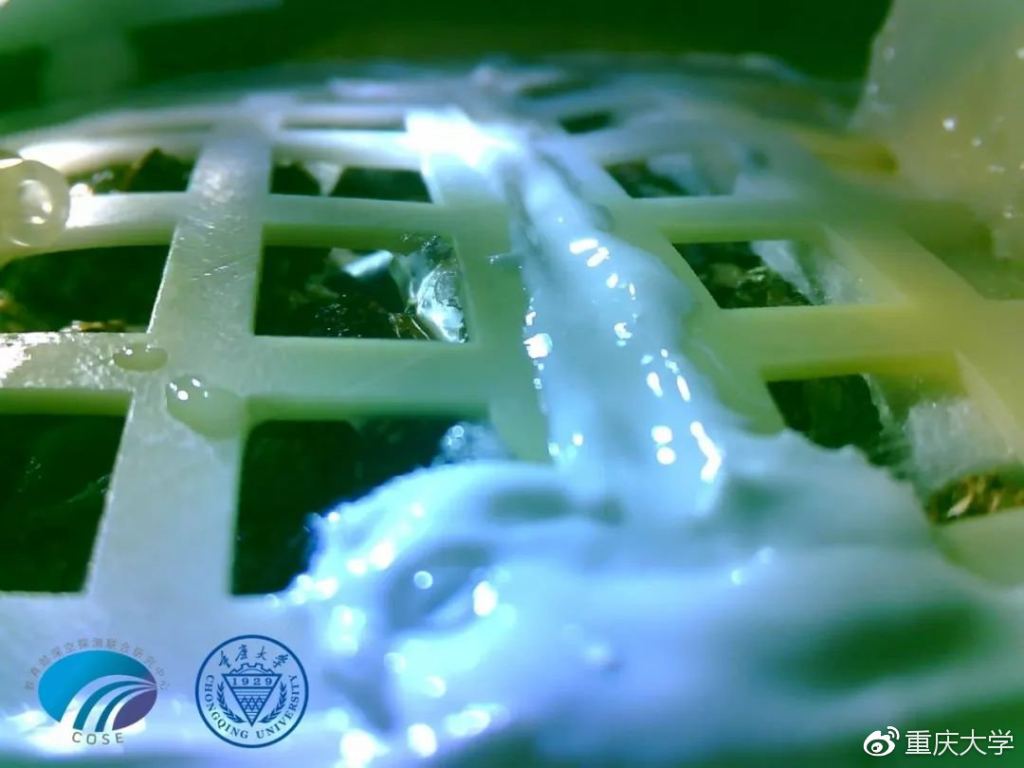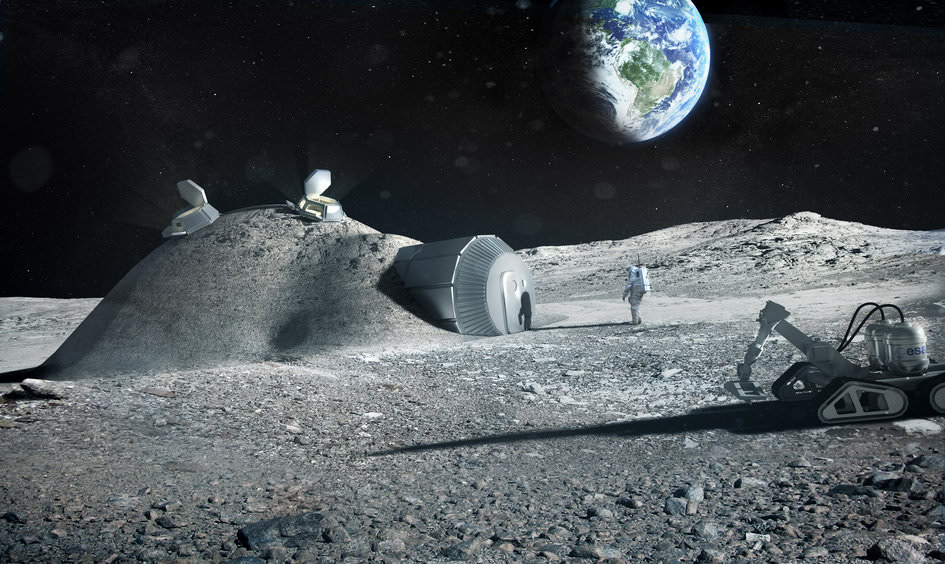It’s official, for the first time ever, scientists have found a living organism on the Moon! Well, not so much found, we put it there. But the implications are immense nonetheless! According to photos and a statement released by the China National Space Administration this week (Mon. Jan. 14th), the Chang’e-4 mission’s Lunar Micro Ecosystem (LME) experiment has produced its first sprouted plant.
This news comes less than two weeks after the Chang’e-4 combination lander-rover made history by becoming the first robotic mission to land on the far side of the Moon. It was also the first time that the CNSA had conducted a soft landing as part of the Chinese Lunar Exploration Program (aka. Chang’e Project). It is therefore fitting that this mission would be the first to grow plants on the lunar surface.
In the past, experiments have been conducted aboard the International Space Station (ISS) and China’s Tiangong-2 space lab – where plants, rice and arabidopsis (aka. rock cress) were cultivated. However, these experiments took place in Low-Earth Orbit (LEO), which is a microgravity environment. The planners of the Chang’e-4 mission therefore sought to include an experiment that would test how organisms fared in lunar gravity.

This is where the LME experiment comes into play – a sealed stainless-steel cylinder that contains bioscience test loads, including one called a “moon surface micro-ecological circle”. Consisting of seeds and insect eggs, the purpose this experiment is to test whether Earth plants and organisms can grow in the harsh conditions and reduced gravity on the lunar surface.
According to Professor Liu Hanlong – the Dean of Chongqing University’s School of Civil Engineering, who is leading the experiment – the first thing to sprout were the cotton seeds. An image sent back (shown above) by the lander provided a glimpse inside of the experiment and showed a cotton sprout that was growing well, though no other plants appeared to be growing at the time.
While the team did not provide an exact timeline for when this happened, the picture that showed the sprout was taken a week before (10:00 am, Jan. 7th, local time). They also indicated that the LME’s compliment of rapeseed and potato seeds had also sprouted and were growing well as of Saturday, Jan. 12th. In addition to these seeds, the LME’s “mini-biosphere” includes arabidopsis seeds, yeast and fruit fly eggs.
Seeing how these species grow, interact, and create a life-cycle under lunar conditions is of extreme importance to the CNSA (and other space agencies). The reason for this has to do with the many proposals for constructing a permanent base on the Moon in the near future. As Liu stated in an interview with the South China Morning Post:
“We have given consideration to future survival in space. Learning about these plants’ growth in a low-gravity environment would allow us to lay the foundation for our future establishment of space base.”

The results were then compared to an Earth-based control experiment, which showed much more substantial growth (shown above). While air pressure and a constant temperature of 25 °C (77 °F) are maintained inside the LME (as with the control group), the fact that it has to contend with less than 17% of Earth gravity was sure to have some detrimental effects.
It remains to be seen whether or not this mini-biosphere will continue to grow slower than its Earth counterpart. In any case, the ecosystem (consisting of six elements) was specifically designed to create an entire life-cycle. As Xie Gengxin, the chief designer of the biological experiment payload, told CCTV:
“There are animal, plants and microorganisms in this payload, creating a micro-ecosystem in a closed environment. We guide the sunlight to the inside of the tin, which is much stronger than that on the Earth. We will study their photosynthesis under strong sunlight and compare it with the experiment on the Earth.”
According to Lui, these six components behave as “producers, consumers and decomposers” in the micro-ecosystem. The plants produce oxygen and food by photosynthesis, which is made possible thanks to tubes in the canister that admit natural light. The plants are sustained by the fruit flies while the yeast acts as a decomposition agent, processing waste from the flies and dead plants to create additional food for the ecosystem.

These species were also selected because they are small enough to grow in the LME’s confined environment and hardy enough to withstand some of the extreme conditions on the Moon. And interestingly enough, these species could prove to be very useful for future lunar colonists. As Lui sees it, potatoes could be the staple crop, cotton could be grown for clothes, and rapeseed could be a source of oil.
In the meantime, the experiment is being monitored 24 hours a day and the data will be analyzed and summarized in preparation for future experiments. What is learned from the Chang’e-4 mission’s lander and rover will also inform future missions, such as the Chang’e-5 sample return mission (scheduled for late 2019).
This will be followed by the Chang’e-6, 7 and 8 missions, which will explore the South Pole-Aitken Basin more in the early 2020s. If all goes according to plan, the Chinese Lunar Exploration Program will conclude with China conducted its first crewed mission to the lunar surface.
Update: According to the most recent statement from the CNSA, the cotton plant died and the experiment is now over. The CNSA emphasized that the organisms will gradually decompose in the totally enclosed canister, thus preventing any contamination of the lunar environment.
Despite this failure, much has been learned from the experiment, which will be used when designing future tests to determine how terrestrial organisms fair in a sealed and pressurized lunar environment.
Further Reading: South China Morning Post, xinhuanet, gbtimes


Nooooo!! RIP little plant 🙁 such a shame it died so quick.